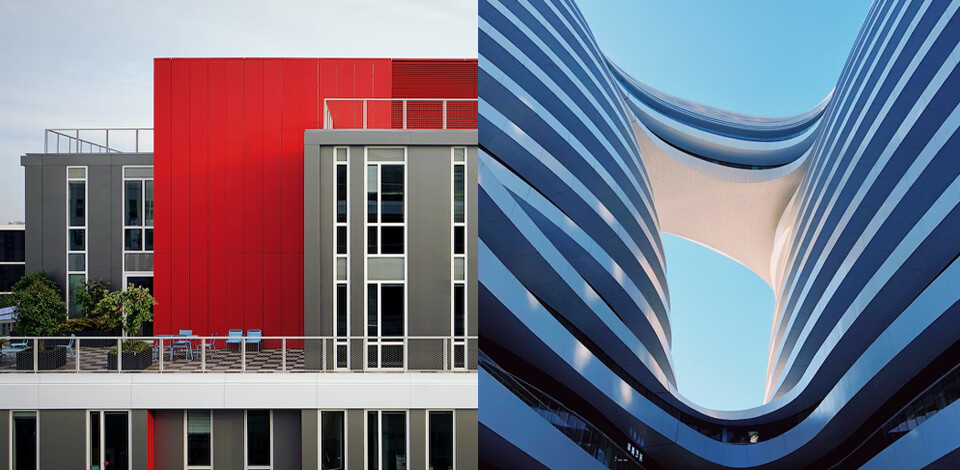
The main benefit of employing rhythm in photography is that it allows adding a sense of structure and stability to your shots. This photography composition technique is great at holding the viewer’s attention to an even beat or fastening the speed at which their glance moves along the photo.
To better understand the rhythm photography definition, you need to find out more information about the different types of this technique and how it can be utilized.
By trying out various rhythm types and implementing them into your images, you’ll be able to achieve a more coherent and unified set of photos that will help you stand apart from the competition.

The use of regulated elements can add a sense of structure to the composition. The lines and shapes achieved by rhythmic elements direct the viewer's glance in a specific direction while focusing their attention on the key part of the photo. Roma Kaiuk’s architectural photos are a particularly great example of such an approach.
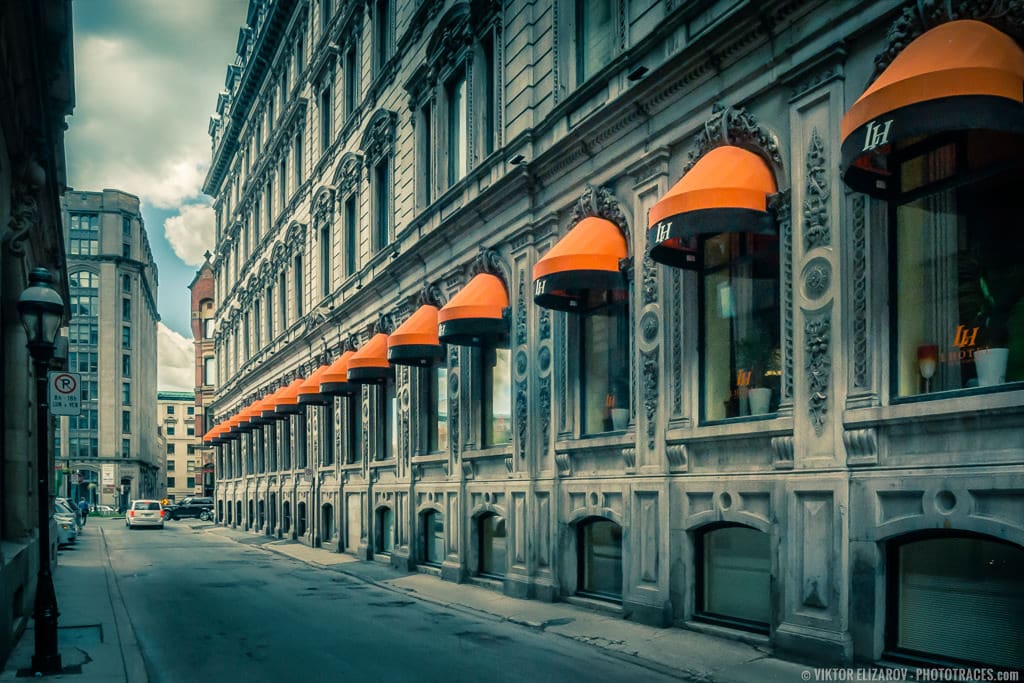
Regular rhythm is usually employed to add a sense of organization and tranquility to a photo. Repeating patterns are meditative and relaxing to observe and can serve as a captivating point of interest that breathes life into an otherwise bland shot.

In contrast to a regular rhythm, this kind isn't as organized. The repetition in photo is still there but it doesn’t appear at even intervals. Such a rhythm also doesn’t rely on straight lines or rigid structures.
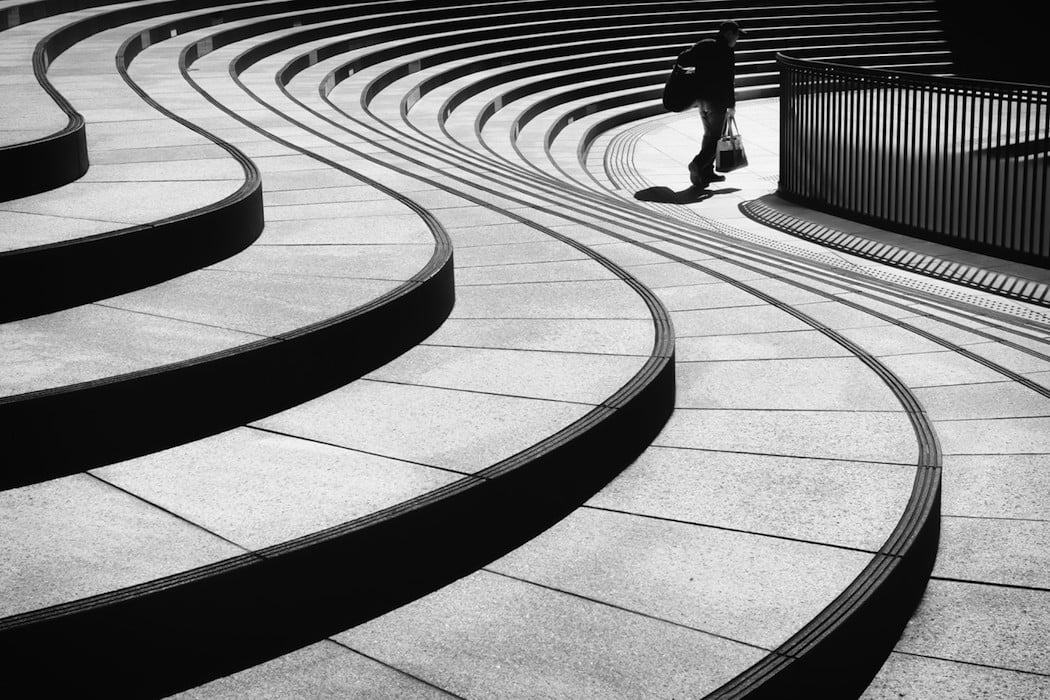
As a result, a random rhythm photo won’t have a regular pattern but rather a more chaotic and sporadic one. This rhythm type is great for imitating a sense of motion and tension while making static scenes more dynamic and visually captivating. Terrific examples of this technique can be found in the landscapes taken by Cameron C. Valdez.

Whenever 2 or more elements get repeated in a photo, you can observe an alternating rhythm in photography. The repeating elements can be hues, shapes, or lines, and the repetition itself can be either matched or mixed. Such elements can complement each other, acting as mirroring structures, which is one of the core concepts of design photography.

An alternating rhythm is dependable and sequential while also being more interesting and attention-grabbing compared to a regular rhythm. Chi Hung Wong is particularly proficient at utilizing this approach.
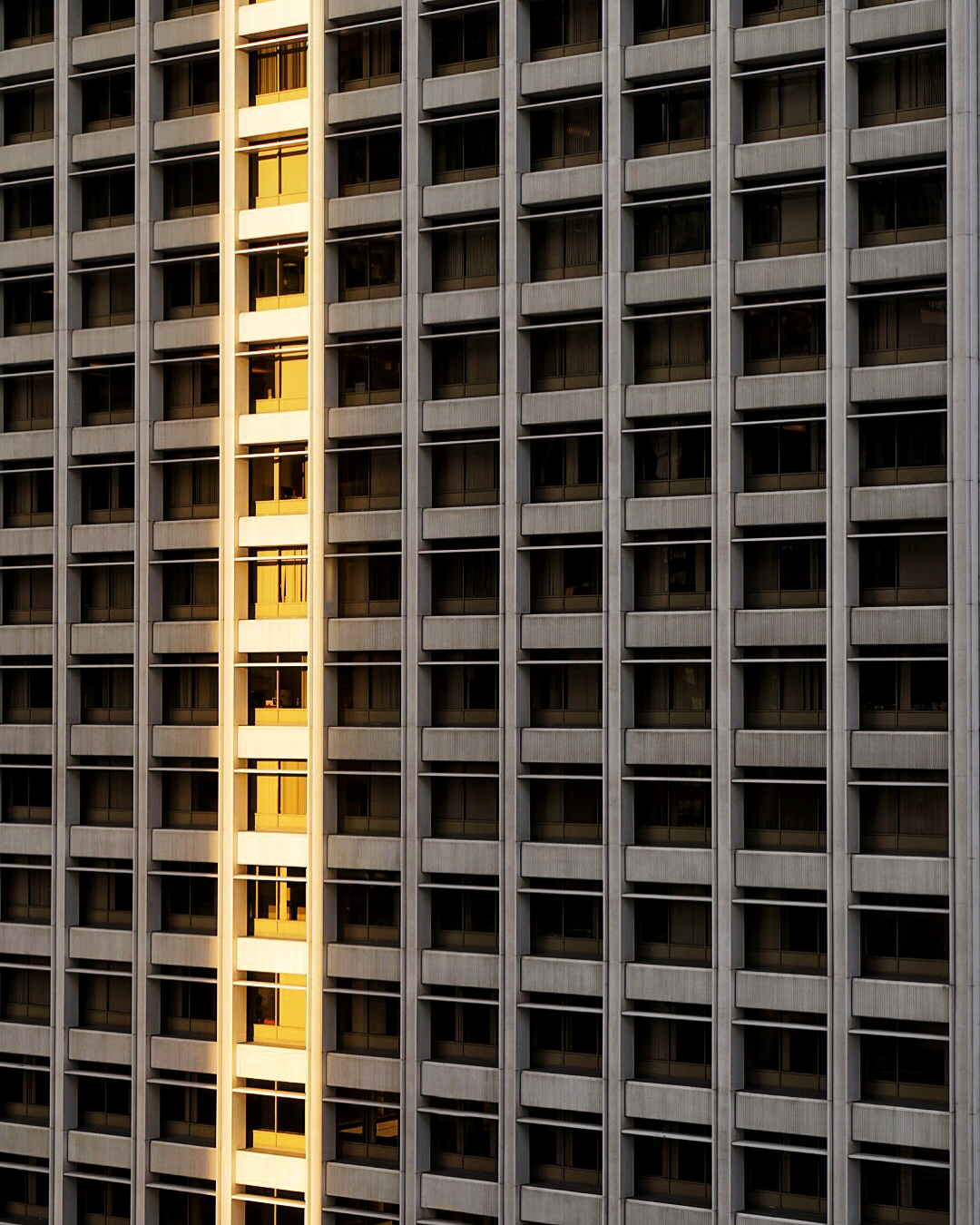
This technique heavily resembles regular rhythm pictures because it also deals with the repetition of a similar element. The key distinction lies in the angle used for observing the repetition because here the size of the repeating element gradually changes.
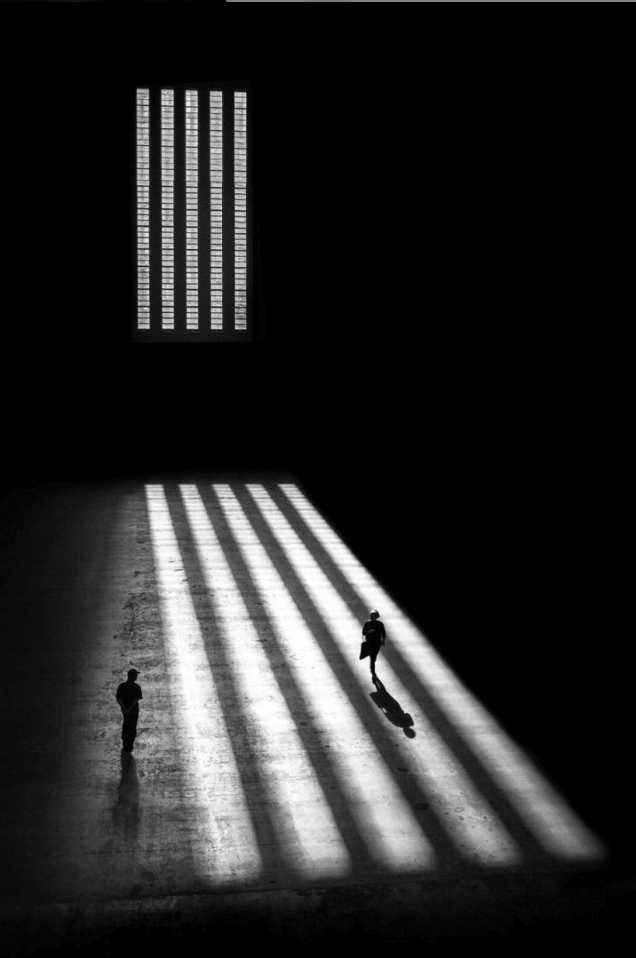
Photos with a progressive rhythm always show a clear direction. The created rhythm makes you see diagonal or leading lines that move across the photo, drawing your glance along with them. The provided change of pate makes the composition feel either more dynamic or soothing, depending on whether the elements go from tiny to big, or the other way around.
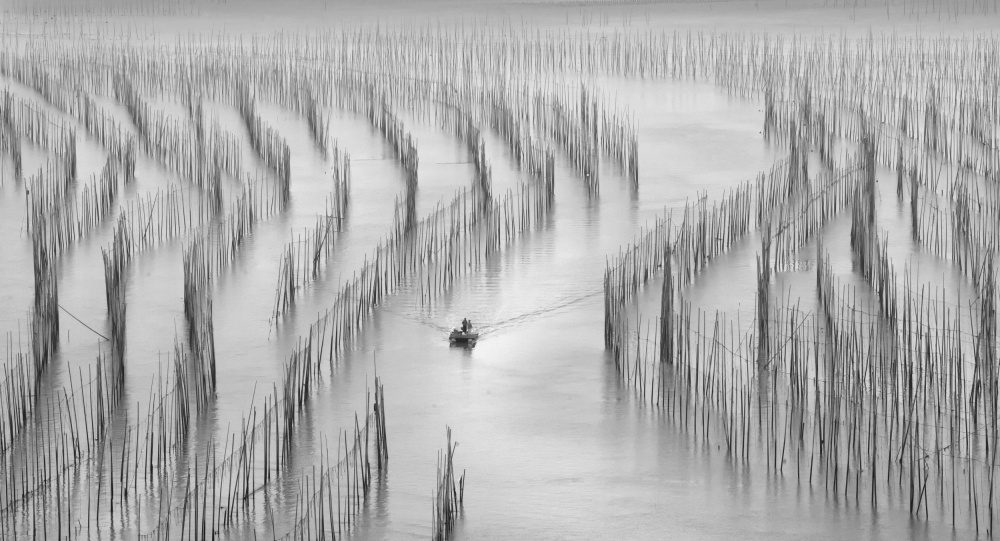
This type relies on soft shapes that spread through the photos. An array of curvy lines act as an undulating rhythm. Such lines can differ in color, thickness, or length – it doesn’t matter as long as they all remain curved.

Undulating rhythms are frequently found in landscape photography. You can easily locate rolling hills that undulate from the foreground to the background. It’s a soft rhythm that adds a sense of harmony and serenity to a photo.

This method can be particularly efficient when doing landscape or cityscape photography, which frequently feature leading lines and geometrical shapes that can be used to create repetition.
By taking a close-up photo of the repeating elements, you can create an abstract composition that emphasizes the structure of the rhythmic patterns.

By taking pictures of scenes with repeated colors, you’ll be able to achieve a sense of rhythm and movement in photography that makes your work more interesting and engaging. Search for objects that have the same or similar hues.
Alternatively, you can search for objects that have sharply contrasting colors. Repeat tones are great at establishing an atmosphere of tranquility and harmony in your pictures, ensuring they are more visually inviting, which is one of the biggest appeals of a complementary colors photo.

Picture a scene that includes an endless row of nearly identical trees. Consider focusing on a single tree in the foreground and then using it as a starting point for leading the viewer’s glance through the rest of the shot.
If you break up the tree pattern, you’ll be able to add a sense of motion and flow to the photo to make it more visually impactful and memorable.
Another technique for achieving rhythm in photography is using elements that are repeated across the shot and employing them to lead the viewer’s glance through the scene. For instance, envision a crowded street with vehicles, people, and houses all fighting for attention.

Adding rhythm is especially easy when doing architecture photography due to the symmetrical nature of most structures.
The rhythm of a running river or a leaf-covered tree can infuse a sense of motion into your images. It takes a bit of practice to instinctively locate rhythm in the surrounding world, but with some practice, you'll be able to easily use this principle to make your photos more interesting.

Consider layering road lines with tree branches. Alternatively, you can create a composition with a bunch of pedestrians and moving cars to convey a feeling of movement. By including several repeating patterns, you’ll be able to take a photo that is visually captivating and oozes rhythm.

With the help of rhythm in photography, you can take an endless array of aesthetically pleasing pictures. That said, before you begin showing them to your subscribers, you first have to perform some basic image editing. Thankfully, these professional-quality presets allow you to complete that task in just a few clicks.
To start applying these presets, first download Lightroom for free to handle all your image editing tasks quicker. Then, download and add presets to Lightroom to improve the look of your rhythm photos in a matter of seconds.